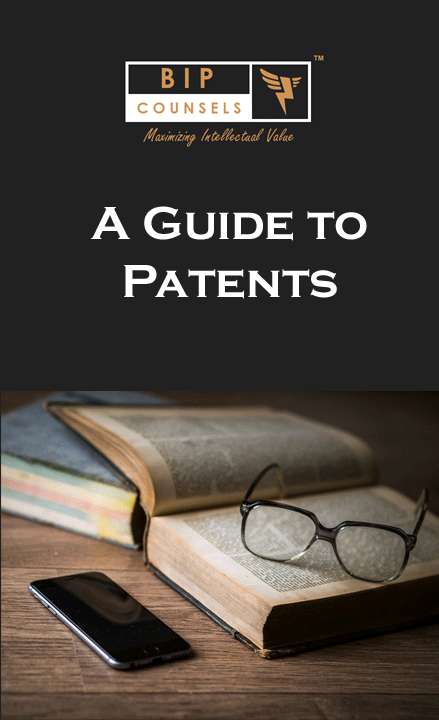Once the United States patent application is filed, prosecution proceeds back-and-forth between the applicants and the United States Patent and Trademark Office (USPTO). All applications that are received in the USPTO are numbered in sequential order and an Official Filing Receipt is issued. Within 18 months from the date of filing, the non-provisional application gets published.
Examination of the patent application mainly consists of detailed study of the application for compliance with the legal requirements, and a search through U.S patents, available literature and foreign patent documents are done to see if the invention is novel, non-obvious and meets the requirements of the patent statute and rules of practice. Applications other than provisional application, filed in the USPTO are assigned for examination to the respective examining authorities which are related to the invention. The process mainly includes:
Restriction Requirements: At the outset, an examiner often makes a restriction requirement if more than one invention are deemed to be claimed in a single patent application. In such cases, the applicant is required to limit the application to one of the inventions and can pursue prosecution of the non-elected claims in a divisional application. A requirement to restrict the application to one invention is made before further action, by the examiner.
Office action: The examiner issues a first office action once a search is complete. The applicant is notified by an office action which is normally mailed to the attorney of record. The Office Action identifies which claims are either objected or rejected and provides the grounds on which these claims are objected/rejected. It is important to understand that the patent prosecution process is adversarial in nature and majority of patent applications are initially rejected and relatively few applications are allowed as filed. The examiner can also object/reject all of the claims on the first Office Action.
Preparation of the Response: This involves a thorough analysis of the Office Action and the prior art references cited therein. The applicant may amend the application as specified in the rules, or when and as specifically required by the examiner. While amending, the applicant must clearly point out why the amended claims are patentable in view of the state of the art disclosed by the prior art references cited. A personal interview with the Examiner is also possible so as to facilitate communication and expedite prosecution of the application. The time involved in preparing and filing a response can vary depending upon the issues involved.
Abandonment: The usual period for reply to an Office Action is three months from date of issue of the office action. A shortened time to reply may be extended up to 6 months, by paying an extension fees which is dependent upon the length of extension and also on the entity status. If no reply is received within the time period, the application is considered as abandoned.
Final Office Action (FOA) and Request for Continued Examination (RCE): In the case of a Final Office Action, applicants have limited ways in which they can reply to move the application forward. Applicants can prepare an additional amendment or have a personal interview with the examiner. One common approach to responding to a Final Office Action is by filing a Request for Continued Examination (RCE). This RCE re-opens prosecution and allows examiner to issue further Office Actions and the applicants to provide further amendments and remarks to advance prosecution.
Notice of Allowance: At a later stage during the reconsideration of the application, if the patent application is found to be allowable, a Notice of Allowance and Fees Due will be sent to the applicant or to the applicant’s attorney. Formal drawings must also be submitted, if not already done. Finally the patent application is forwarded for publication as a U.S. patent.
Author: Anjali Santhosh
Contributed by Patent Prosecution Division of BananaIP in India
For further information on Patent Prosecution strategies in India, write to [email protected]



